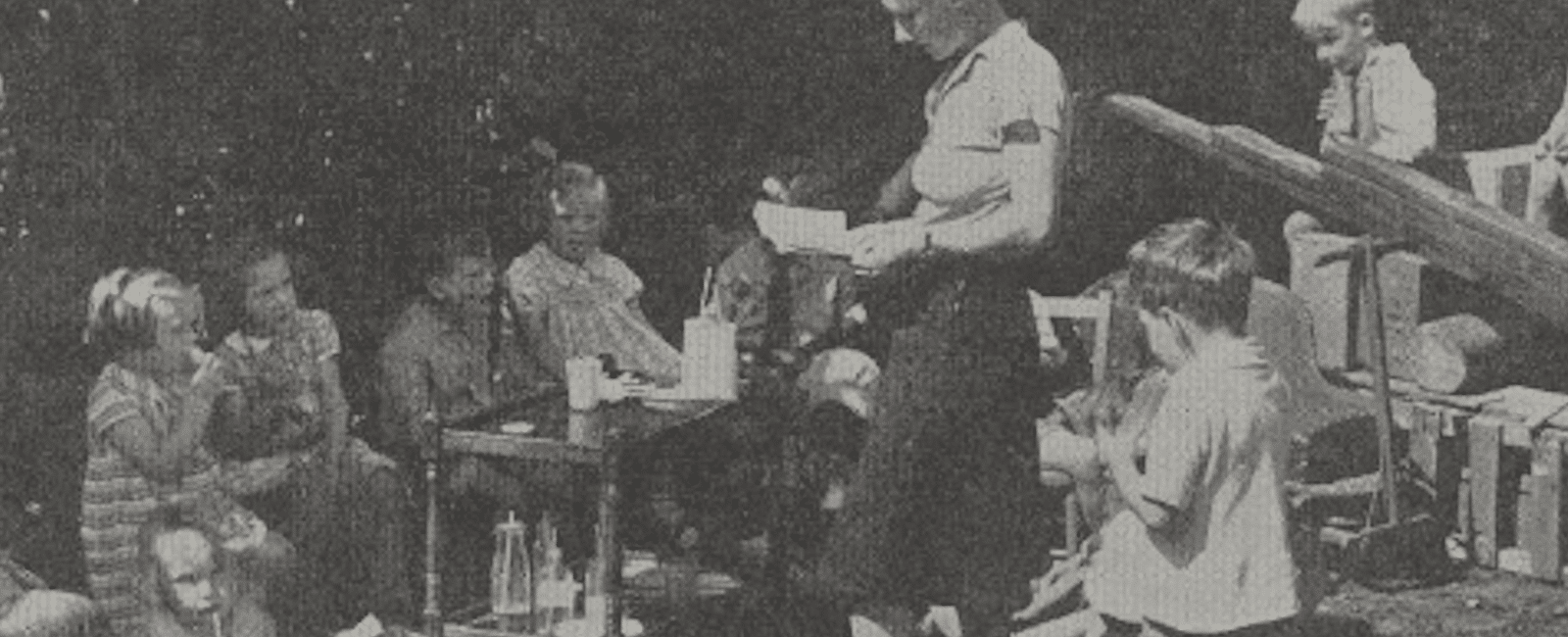In March 2020 TCPA launched a project to bring together our work exploring how planning might reconnect with its artistic roots.
As part of this project we are is looking for case studies and good examples of projects, initiatives and interventions that combine art and placemaking – from within the spheres of art and planning. How artistic approaches are used to improve the places that people live in, from murals to performance pieces, we want to know how communities are transforming the places that they live.
We are looking for examples of art being used to:
- Improve or transform places for the benefit of communities,
- Ensure that a sense of beauty – which goes beyond aesthetics appreciation– is core to the design of places,
- Challenge injustice and promote positive social change,
- Promote engagement with the built and natural environments,
- Drive co-creation and dialogue in the creation of places and buildings.
The case studies that you send us will be featured here for everyone to access.
Get in touch with Cova at cova.cervilla@tcpa.org.uk if you want us to feature your case study on our website.
| Name | Organisation | Description |
| Shorelines Project, Hull | Rights: Community: Action | A community-led initiative that will see giant murals pop up across Hull to act as a reminder of the climate change risks that the city will face if nothing is done. |
| Super Slow Way | Arts Council England’s Creative People and Places programme and hosted by Canal & River Trust | A series of initiatives that involve artists working with individuals, communities, and businesses to explore different themes around the Leeds and Liverpool Canal. |
| The Town Meeting | Cap-a-Pie and Dr Paul Cowie | A performance where the audience gets to experience what it feels like to be part of a community facing a life-changing decision. The perfomance investigates how theatre can be used as a means of engaging communities in planning to benefit both planners and the community. |
| Harlow Arts Trust | The town rebranded itself as Harlow Sculpture Town in 2009 and the art trust founded in 1953 to commission and care for the town’s collection is now changing the name on its social media channels and newsletter to Harlow Sculpture Town to match. The Covid-19 outbreak led to the abandonment of plans for public events to celebrate the relaunch, but a new website, makes it easy for visitors to embark on a self-guided trail of the more than 90 sculptures currently on view.
| |
| Folkestone Triennial | Creative Folkestone | Artists are invited to use the town as their gallery, utilising public spaces to create striking new art that reflects issues affecting both the town and the wider world. Four Triennials have taken place attracting more than 440,000 visitors |
Follow the links below for other resources that might be of interest:
‘Civic Society and Post-Pandemic Planning’, Guru Magazine, July 2020

